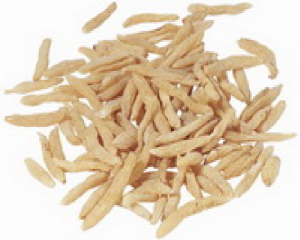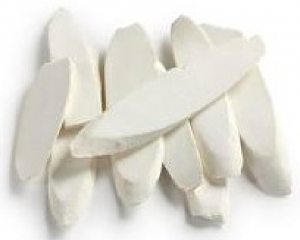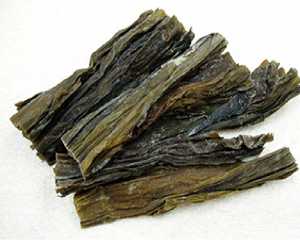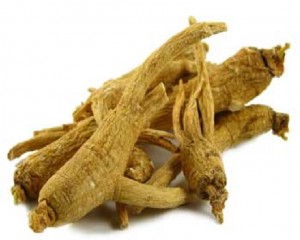Research
Statistical Study of the Herbal Treatment for Chronic Lung Diseases
In the summer of 2006, a statistical study was conducted by a Statistics graduate student from Stanford University to further understand the effectiveness of an herbal product in treating degenerative pulmonary diseases including Chronic Obstructive Pulmonary Disease (COPD), Emphysema, Chronic Bronchitis, Idiopathic Pulmonary Fibrosis (IPF), and Sarcoidosis.
Scope of the study: A total of 1,721 patients who used Wei Laboratories’ Soup A, a Chinese herbal formula, were studied for their responses to the treatment. The patients were divided into 2 groups.
- Group I included 957 patients who used a 3-day treatment
- Group II included 764 patients who continued the treatment for over 2 weeks
All patients were contacted via telephone with 2 random phone calls. All patients not reached in 2 phone calls were excluded from data analysis.
All patients were surveyed for FEV 1/ FEV6 levels, peak flow, oxygen saturation, symptom improvement, oxygen volume (liter/min), and ease of breathing on a scale of 1 (very difficult) to 10 (easy).
Results:
|
Groups |
Patients Questioned |
Patients Improved |
Percentage Improved |
|
I (3-day Treatment) |
163 |
55 |
33% |
|
II (over 2-week treatment) |
400 |
306 |
77% |
Research Findings on Selected Herbs Employed for Chronic Lung Diseases
Ganoderma Lucidum (Lingzhi/Reishi Mushroom)
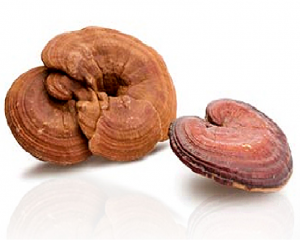
Radix Ophiopogonis (Maidong/ Dwarf Lilyturf Tuber)
Traditionally used for nourishing the lungs and promoting the production of mucus, Ophiopogonis improves the airway’s mucociliary clearance by improving the airway’s mucus secretion (Tai, Sun and O’Brien).
Radix Codonopsis (Dangshen/Tangshen)
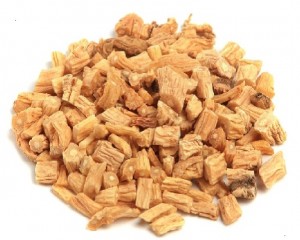
Rhizoma Dioscoreae (Shanyao/Chinese Yam)
Traditionally used for supporting the spleen and stomach, promoting fluid secretion in the lungs, and strengthening the kidneys, extracts from Dioscoreae have been shown to prevent inflammation in both rheumatoid arthritis, an autoimmune disease rooted in the spleen (Kim, Kim and Kang), and the lungs (Han, Kwun and Kim).
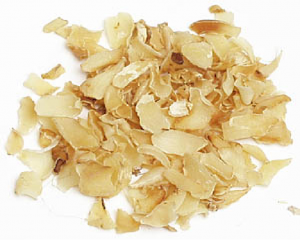
Traditionally used to support lung structure and promote fluid secretion in the lungs, Lilii has been shown to increase the production of immune cells critical in the decomposition of necrotic tissue and tumors (Sun, Gao and Xiong).
Thallus Laminariae (Kunbu/Kelp)
Traditionally used for eliminating phlegm, softening hard masses, and dissolving lumps, Laminariae is applied to dissolve the scar tissue built up in the lungs (Yao, Zhang, and Chou).
American Ginseng
Traditionally having a wide array of applications, Ginseng has multiple beneficial effects on the cardiovascular system, including enhancing blood circulation (J.-H. Kim).
Note: Herbs are prepared in a special manner to maintain the nutrient content, and each herb has multiple medical attributes that are not included above but are factored into the treatment of chronic lung diseases.
Selected Practitioners View All Practitioner
Below are only some of the selected practitioners. If you do not see a practitioner located near you, please fill out the form to the right to be connected with a practitioner in your area.
View All Practitioner
If you have any questions, please click here to contact us for further information.
Leave a Reply
Your information will help us assist you better and faster. It will be kept confidential.
Required fields are marked *.
* These fields are required.
References
Barnes, BJ. “Reduced histone deacetylase in COPD: clinical implications.” Chest (2006): 151-5.
Berndt, Annerose, Adriana S Leme and Steven D Sha. “Emerging Genetics of COPD.” EMBO Molecular Medicine (2012).
Borges, FR, et al. “Anti-inflammatory action of hydroalcoholic extract, dichloromethane fraction and steroid α-spinasterol from Polygala sabulosa in LPS-induced peritonitis in mice.” Journal on Ethnopharmacol (2014): 144-50.
Fahim, Ahmed, Michael Crooks and Simon P Hart. “Gastroesophageal Reflux and Idiopathic Pulmonary Fibrosis: A Review.” Pulmonary Medicine (2011).
Han, CW, et al. “Ethanol extract of Alismatis Rhizoma reduces acute lung inflammation by suppressing NF-κB and activating Nrf2.” Journal of Ethnopharmocol (2013): 402-10.
Kilduff, CE, et al. “Effect of acid suppression therapy on gastroesophageal reflux and cough in idiopathic pulmonary fibrosis: an intervention study.” Cough (2014): 10-4.
Kim, Jinhee, et al. “Association Between Chronic Obstructive Pulmonary Disease and Gastroesophageal Reflux Disease.” BMC Pulmonary Medicine (2013): 13-51.
Kim, Jong-Hoon. “Cardiovascular Diseases and Panax ginseng: A Review on Molecular Mechanisms and Medical Applications.” Journal of Ginseng Research (2012): 16-26.
Kim, MJ, et al. “Methanol extract of Dioscoreae Rhizoma inhibits pro-inflammatory cytokines and mediators in the synoviocytes of rheumatoid arthritis.” International Immunopharmacol (2004): 1489-97.
Lagente, V, et al. “Increase in macrophage elastase (MMP-12) in lungs from patients with chronic obstructive pulmonary disease.” Inflamm Res (2005): 31-6.
Nagaya, Noritoshi and Shunsuke Ohnishi. “Tissue regeneration as next-generation therapy for COPD – potential applications.” Int J Chron Obstruct Pulmon Dis. (2008): 509-14.
Nenan, S, et al. “Macrophage elastase (MMP-12): a pro-inflammatory mediator?” Mem Inst Oswaldo Cruz (2005): 167-72.
Sanodiya, BS, et al. “Ganoderma lucidum: a potent pharmacological macrofungus.” Current Pharmaceutical Biotecnology Journal (2009): 717-42.
Stoller, JK and LS Aboussouan. “Alpha-1 Antitrypsin Deficiency.” Lancet (2005): 2225-36.
Sun, X, et al. “Antitumor and immunomodulatory effects of a water-soluble polysaccharide from Lilii Bulbus in mice.” Carbohydrates Polymer (2014): 543-9.
Tai, S, et al. “Evaluation of a mucoactive herbal drug, Radix Ophiopogonis, in a pathogenic quail model.” Journal of Herb Pharmacotherapy (2002): 49-56. Document.
Visca, Dina, Aiello Marina and Alfredo Chetta. “Cardiovascular Function in Pulmonary Emphysema.” BioMed Research International (2013).
Wan, ES and EK Silverman. “Genetics of COPD and emphysema.” Chest (2009): 859-66.
Wang, WY, SC Zhao and DX Liu. “Study on the Chemical Constituents of Codonopsis Lanceolata.” Zhong Yao Cai (2011): 553-5.
Yao, Damu, et al. A Coloured Atlas of the Chinese Materia Medicia Specified in Pharmacopoeia of the People’s Republic of China. Guangdong: Guangdong Science and Technology Press, 1995. Book.

